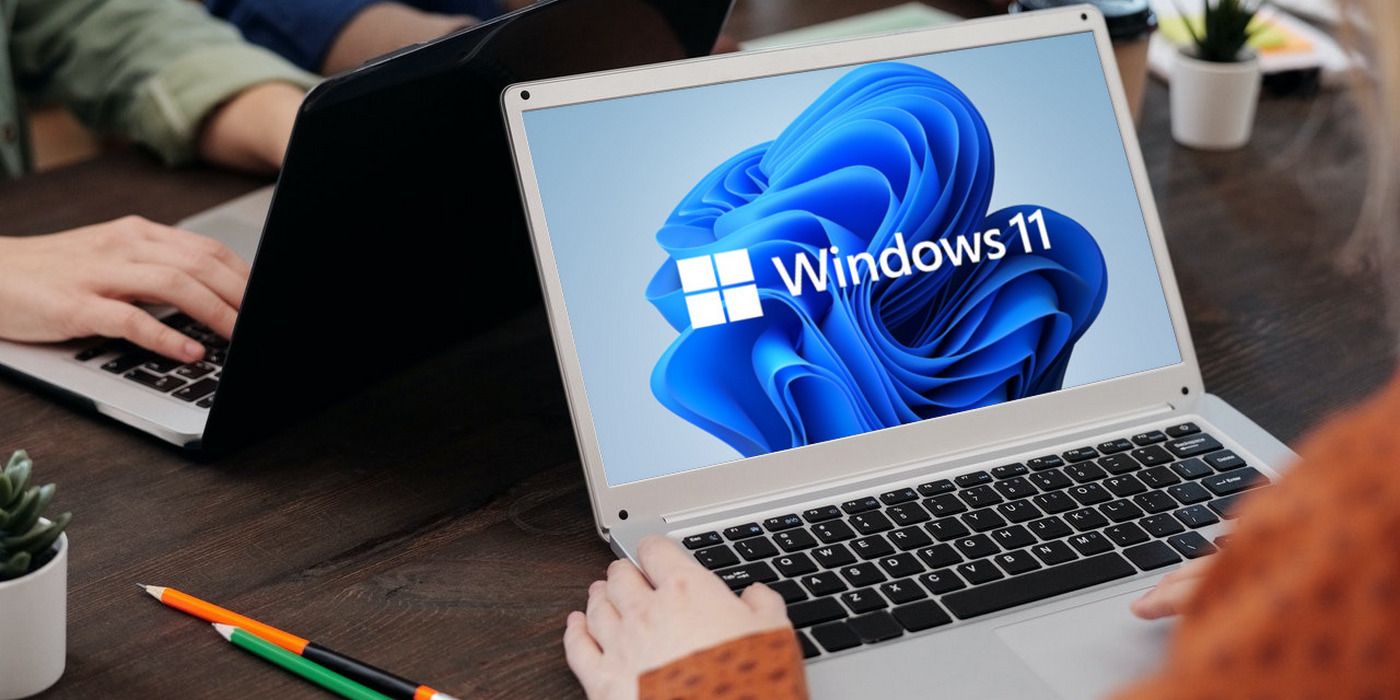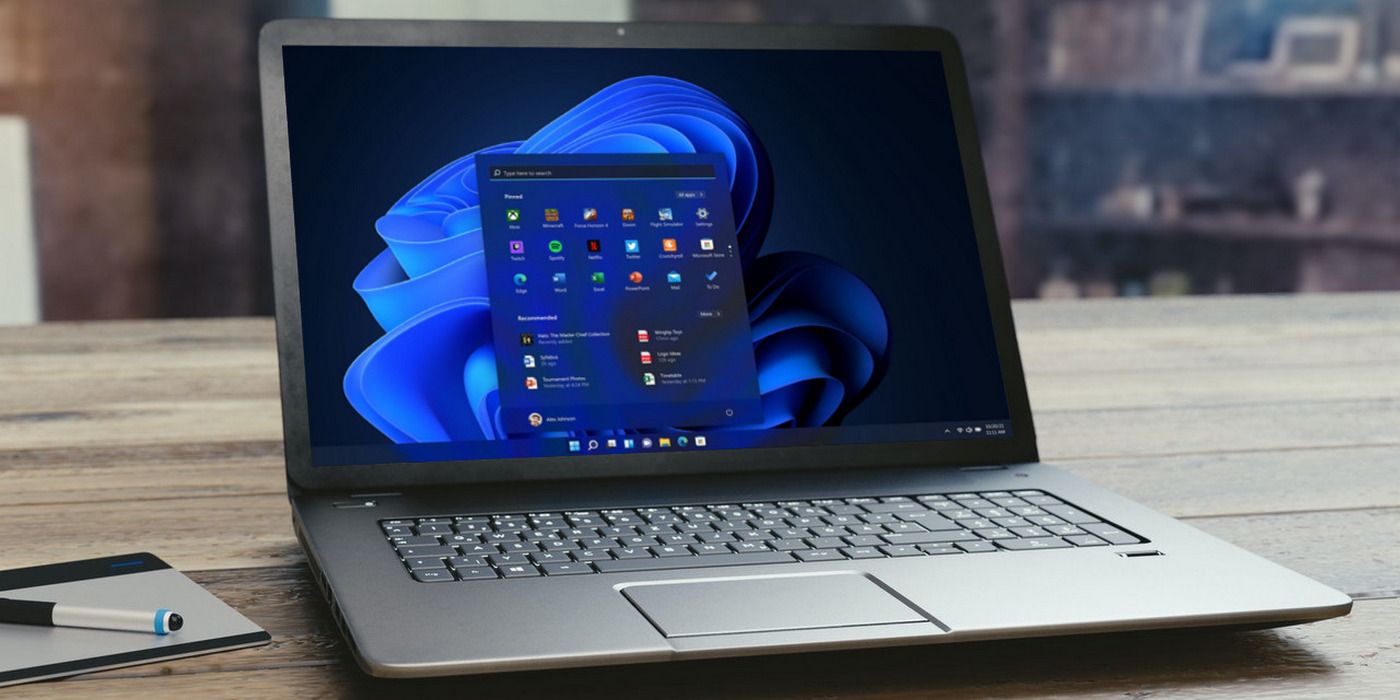Microsoft advertises Windows 11 as the latest and greatest version of Windows that everyone should embrace with open arms, but the OS has a few kinks that need to be ironed out. Nevertheless, Windows 11 comes with most of the critical features of Windows 10, even though it has a slightly different look and feel in terms of its design.
Windows 11 is a free update for Windows 10 users, although there are stringent system requirements to upgrade to the new OS. While there are ways to circumvent those requirements, Microsoft doesn't take such workarounds lightly and has started warning users who have installed the software on unsupported hardware.
The most significant visual changes in Windows 11 are the new Start Menu and the centralized Taskbar, much like Chrome OS and macOS. Windows 11 also comes with improvements in multitasking, and there's also better support for external monitors, something that a lot of Windows 10 users clamored for. Microsoft also claims that Windows 11 is better in terms of memory management than any of its prior operating systems. It is also said to be 25-percent faster when waking up from sleep. Windows 11 also includes multiple new features for gamers, such as Auto HDR, which makes games look more vibrant, and Direct Storage that helps graphics cards and SSDs communicate faster. Most of all, Windows 11 comes with Android app support, which can allow users to run their favorite mobile apps and games right on their PC.
Deprecated Features In Windows 11
Despite all the advantages that Windows 11 offers, it also comes with a few shortcomings. One of the significant issues with the OS is that many of the Windows 10 features are no longer available in Windows 11. That includes Timeline, which allows users to view and track 30 days of activity on their device. Another problem that many users find annoying is the Taskbar location. While users could move the Taskbar to any side of the screen in Windows 10 and prior versions of Windows, the feature is simply missing in Windows 11, where it is pinned to the bottom of the screen.
Live Tiles in the Start Menu and Microsoft's Cortana voice assistant are also not part of the Windows 11 experience by default, although most people would consider that a positive rather than a negative. Other missing features in Windows 11 include the Math Input Panel, Multi-App Kiosk Mode and the newly launched News & Interests section. However, none of them are so critical that they would prevent users from updating. What can, however, create a massive headache is an upcoming change that would require users to sign-up for a Microsoft account to install Windows 11. While it was already a requirement for Windows 11 Home, users will also need it for Windows 11 Pro.
As for whether someone running Windows 10 should upgrade to Windows 11, it depends on what they want from their OS. Microsoft will provide Windows 10 with updates, bug fixes and security patches through 2025, so there's no pressing need to spend a ton of money to buy a new PC to update to Windows 11. However, the refreshed look and the additional features make it an enticing proposition. In the end, people with a compatible PC should update to Windows 11 because of all the goodies it offers. However, those with older and unsupported devices need not despair because Windows 10 is still plenty good for years to come.
Source: Microsoft


